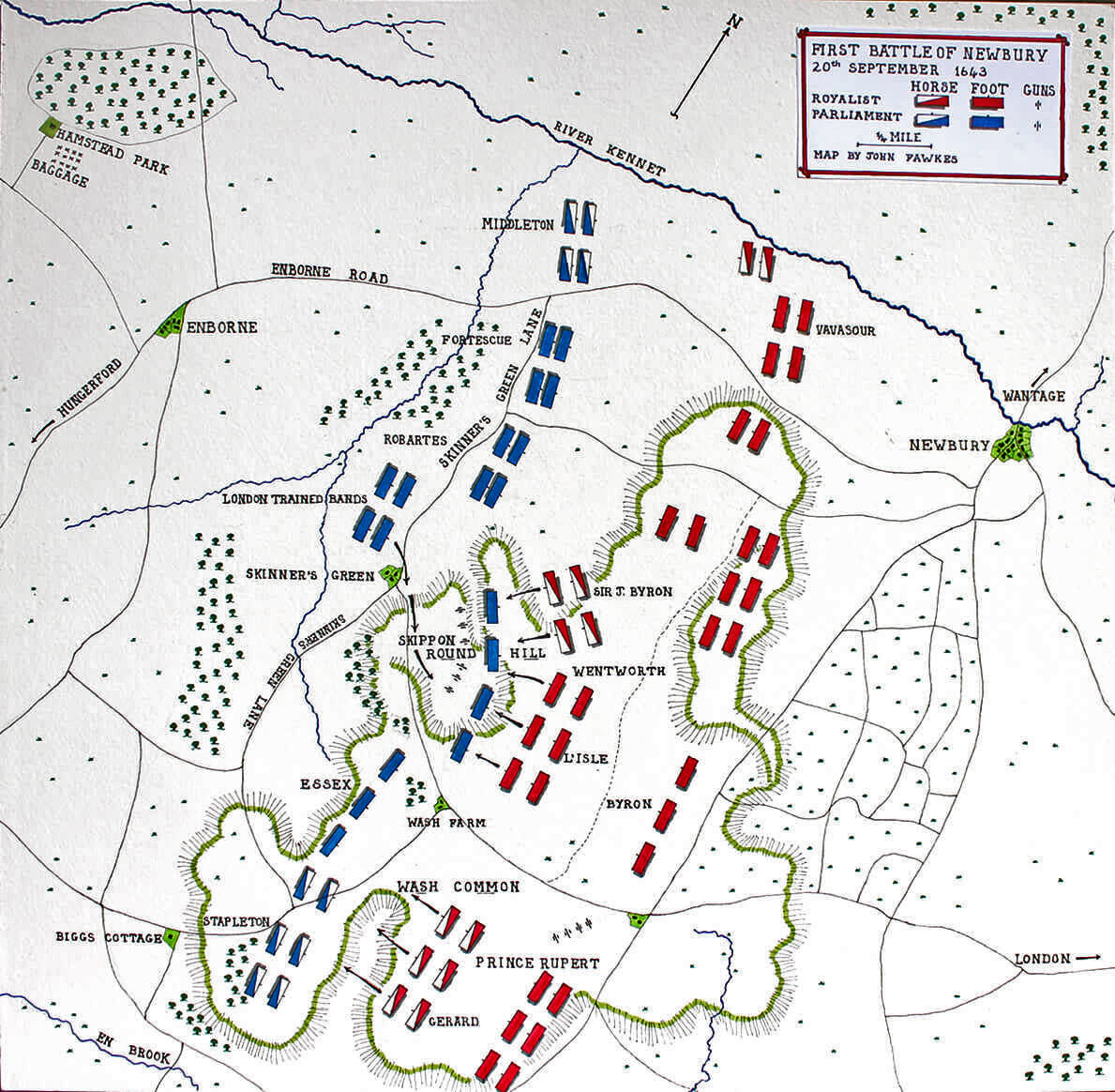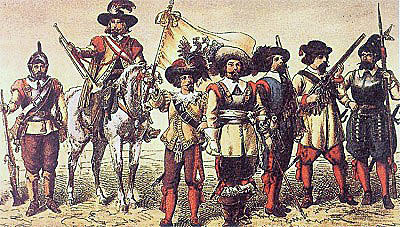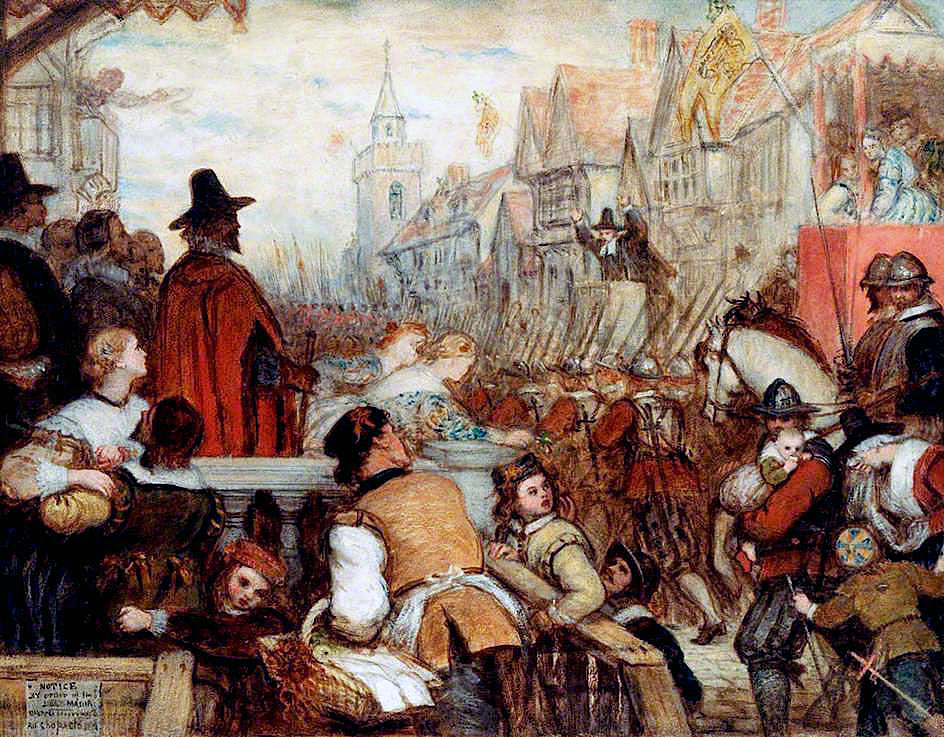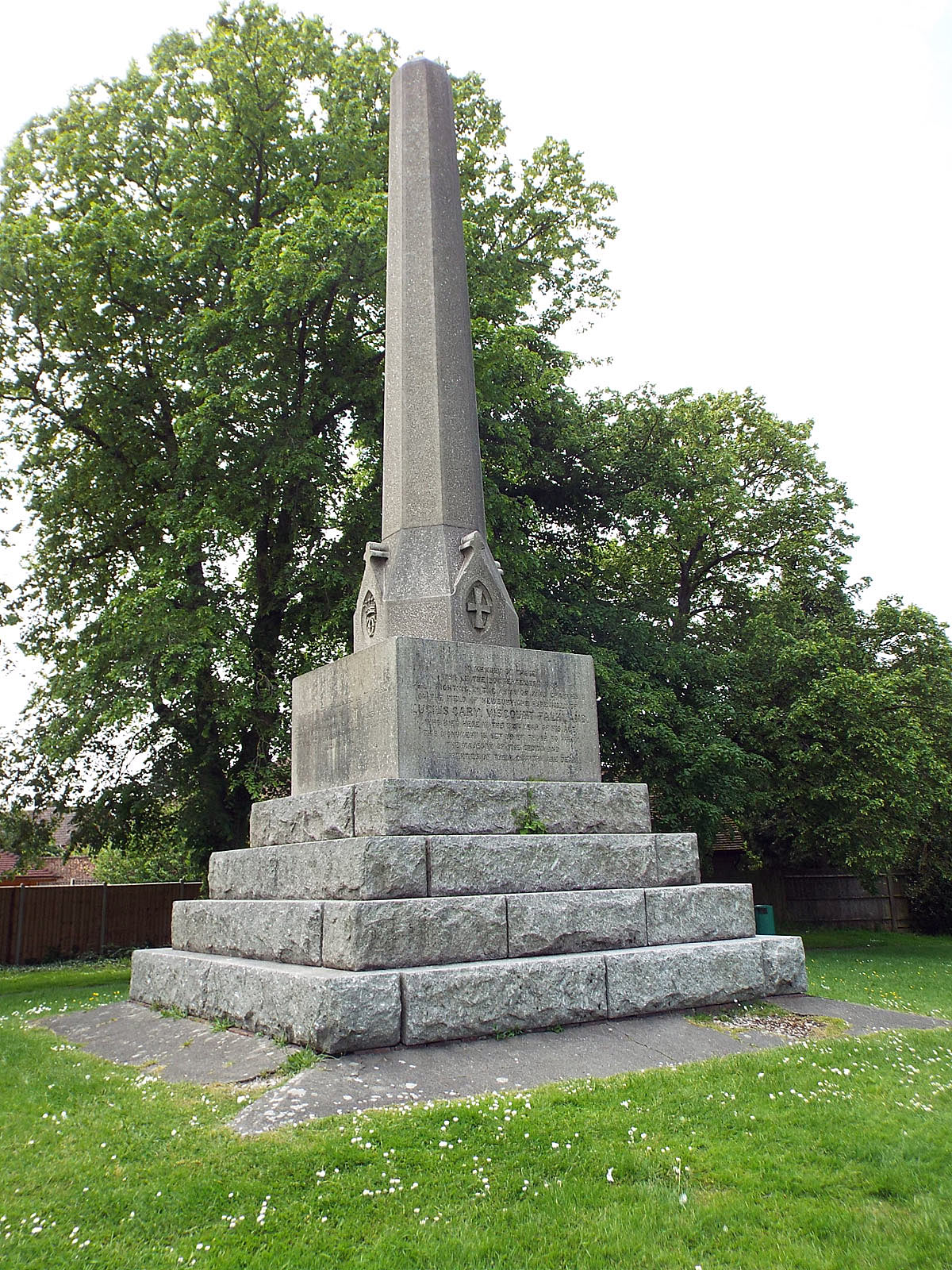An inconclusive battle in the South of England, fought on 20th September 1643. The Royalists failed to prevent the Earl of Essex marching to London with his Parliamentary army
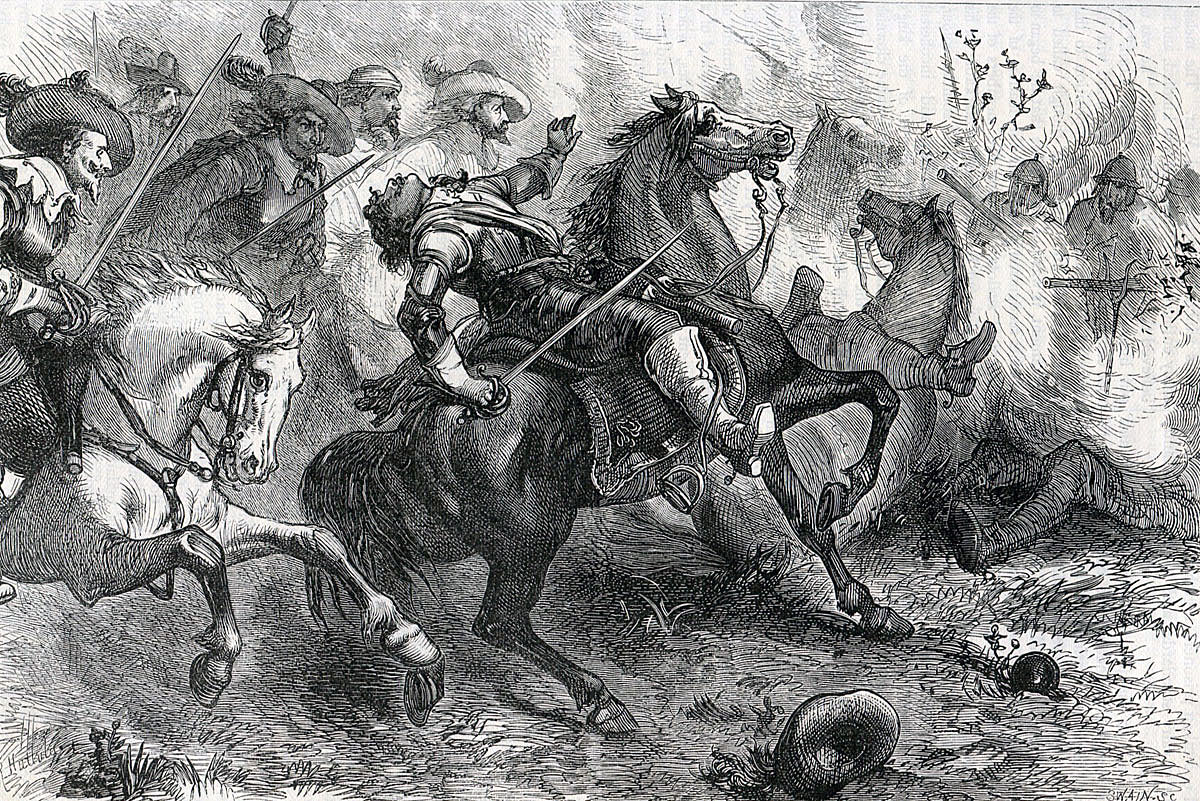
Death of Lucius Cary 2nd Viscount Falkland at the First Battle of Newbury 20th September 1643 in the English Civil War
The previous battle in the English Civil War is the Storming of Bristol
The next battle in the English Civil War is the Battle of Cheriton
To the English Civil War index
Battle: First Battle of Newbury
War: English Civil War
Date of the First Battle of Newbury: 20th September 1643
Place of the First Battle of Newbury: On the western approaches to Newbury in Berkshire.
Combatants at the First Battle of Newbury:
The Royalist army of King Charles I against the army of Parliament.
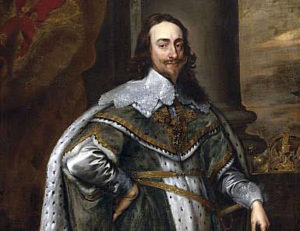
King Charles I, who commanded the Royalist Army at the First Battle of Newbury on 20th September 1643 in the English Civil War
Commanders at the First Battle of Newbury: I
The Royalist army was commanded by King Charles I himself. Prince Rupert commanded the Royalist cavalry while Sir Jacob Astley commanded the foot.
The Parliamentary army was commanded by the Earl of Essex, Parliament’s principal commander.
Size of the armies at the First Battle of Newbury:
The Royalist army comprised some 14,000 men, of whom probably around 6,000 were horse and dragoons with twenty guns.
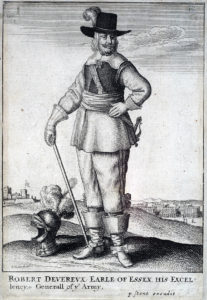
Robert Devereux, Earl of Essex, who commanded the Parliamentary army at the First Battle of Newbury on 20th September 1643 in the English Civil War: engraving by Wencelaus Hollar
The Royalist cavalry comprised the brigades of Prince Rupert, Lord Wilmot, Sir John Byron, the Earl of Caernarvon and Colonel Charles Gerard. The Royalist foot comprised the brigades of Sir Nicholas Byron, Colonel John Belasyse, Sir Gilbert Gerard and Sir William Vavasour. Lord Henry Percy commanded the Royalist artillery.
The Parliamentary army comprised some 15,000 men of whom probably around 4,000 were horse and dragoons. It is not clear how many guns there were.
The Parliamentary cavalry was formed in two wings, the right commanded by Sir Philip Stapleton and the left by General John Middleton.
The Parliamentary foot comprised four brigades of three regiments each and the six regiments of the London Trained Bands.
The Earl of Essex commanded the right wing of the Parliamentary army, a curious arrangement for the commander-in-chief, while Sergeant Major General Skippon the commander of the London Trained Bands led the left wing.
Sir John Merrick commanded the Parliamentary artillery.
Winner of the First Battle of Newbury: The Royalists failed to defeat the Parliamentary army and left the scene of the battle that night enabling Essex to continue his march to London the following day.
Uniforms, arms and equipment at the First Battle of Newbury:
See this section in the Battle of Edgehill.
Background to the First Battle of Newbury:
The origins of the English Civil War are dealt with under this section in the Battle of Edgehill.
Following the Royalist successes in the West Country, Stratton, Lansdown Hill and Roundway Down, Prince Rupert stormed the City of Bristol on 26th July 1643. This Royalist victory was followed by further successes in the West Country and the South.
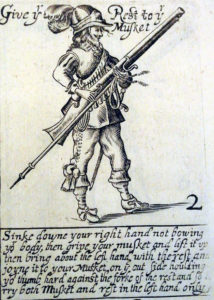
Musketeer in the English Civil War: First Battle of Newbury 20th September 1643 in the English Civil War
In August 1643 King Charles I took his army from Oxford to capture Gloucester. The Parliamentary commander in Gloucester Colonel Massey was expected to give up without a fight but unexpectedly rejected the King’s demand for the city’s surrender.
The King could have stormed Gloucester as Prince Rupert had stormed Bristol but chose to begin a siege, deterred by the casualty toll incurred in the capture of Bristol.
Parliament ordered the Earl of Essex to march from London to relieve Gloucester.
Essex assembled his Parliamentary army on Hounslow Heath and left for Gloucester on 24th August 1643.
Essex marched via Brackley in southern Northamptonshire, where he received re-enforcements bringing his army to around 15,000 men. Essex continued through Oxfordshire to Stow-in-the-Wold where he was engaged by Prince Rupert with the Royalist cavalry. On 5th September Essex reached Prestbury Hill outside Gloucester.
The arrival of the Parliamentary army caused King Charles I to abandon the siege of Gloucester leaving Essex free to enter the city.
With Gloucester relieved and resupplied with ammunition it was necessary for Essex to march his army back to London. The King intended to stop him and bring Essex’s army to battle on ground of his choice. This was the Royalists’ opportunity to defeat Parliament decisively and end the Civil War.
Initially Essex moved up the River Severn to Tewkesbury where he began a bridge across the river. In the meanwhile, the Royalists blocked the road to London via Warwickshire, undeceived by Essex’s feint towards Herefordshire.
Essex marched south to Cirencester, while the Royalist army marched on a parallel route, somewhat in advance of the Parliamentary army and to its north-east.
Essex reached Swindon on 17th September 1643 with Newbury as his next destination on the London Road, some twenty miles away. The race was on for the two armies to reach Newbury first.
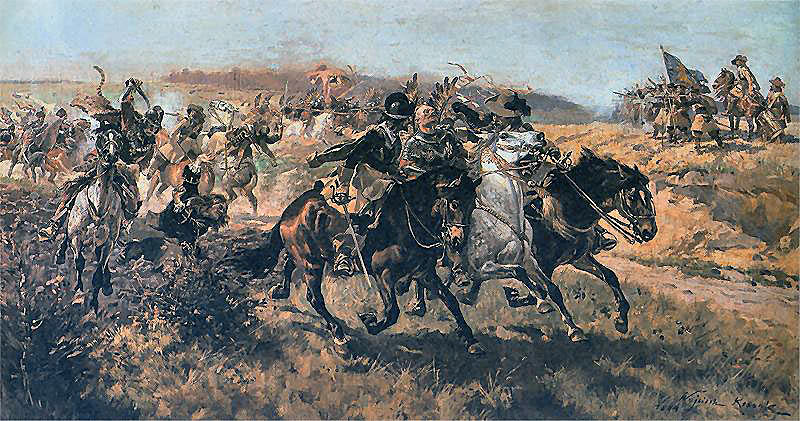
Cavalry in action at the time of the English Civil War: First Battle of Newbury 20th September 1643 in the English Civil War
On 18th September 1643 Prince Rupert intercepted the Parliamentary army at Aldbourne Chase to the north of Marlborough. A sharp engagement took place following which Essex decided to move directly south to Marlborough and march on to Newbury by Hungerford.
If Essex had continued on his direct route he might have expected to reach Newbury on the night of the 18th September 1643. As it was his concern at the possible presence of the Royalist army caused him to spend the night at Hungerford, some nine miles short of Newbury.
In fact, King Charles I and his Royalist army were much further to the north and spent that night at Wantage, further from Newbury than Hungerford by some six miles.
On 19th September 1643 Essex was severely handicapped by heavy rains which, exacerbated by the passage of his army turned the road into a quagmire. The Parliamentary quartermasters rode on to Newbury to acquire provisions and allocate billets for the various senior officers and the regiments.
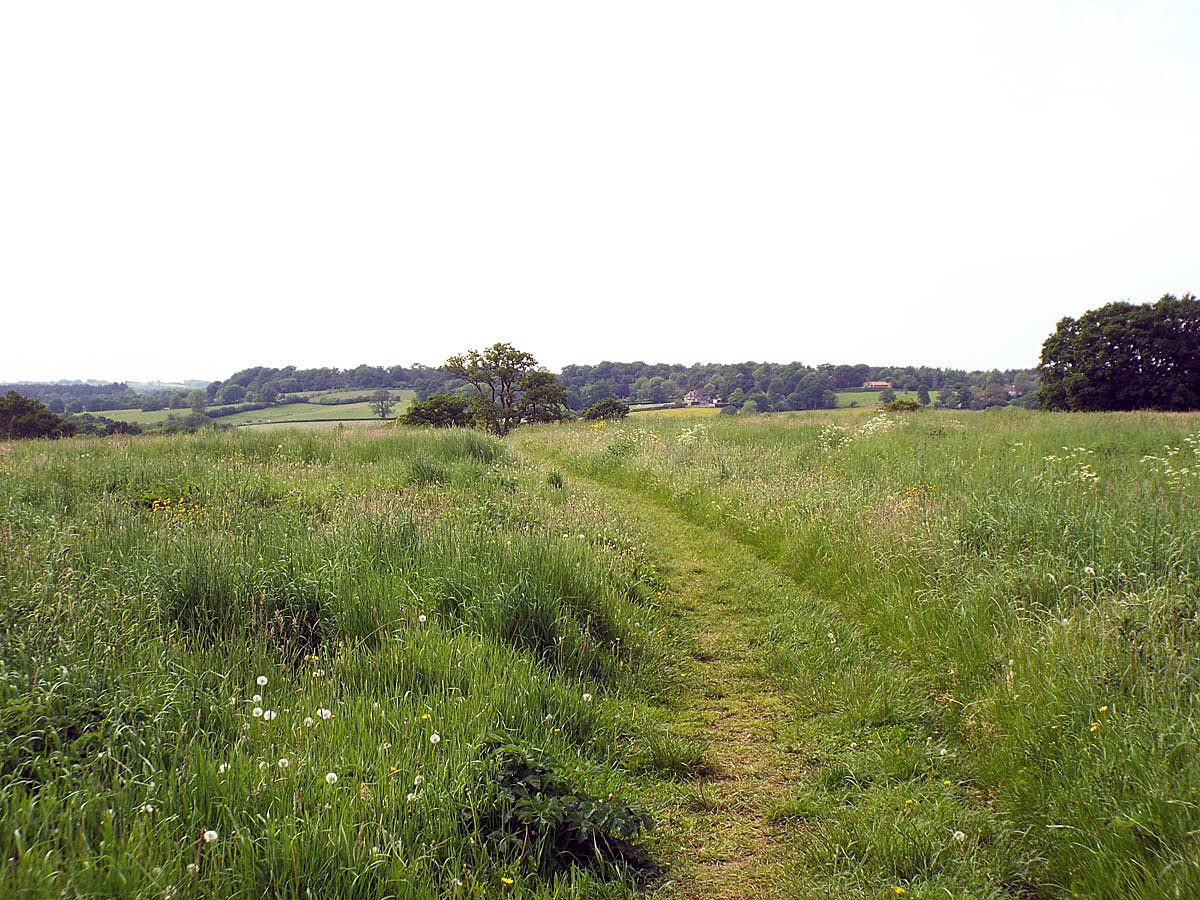
First Battle of Newbury on 20th September 1643 in the English Civil War: the view over the battlefield with the Round Hill in the distance
These quartermasters were at their work when Prince Rupert rode into Newbury with his cavalry advance guard. The requisitioned quarters and supplies were taken over by the Royalists and many of the quartermasters made prisoner.
The rest of the Royalist army marched into Newbury hard on Prince Rupert’s heels and established their camp to the south of the town.
By his lack of progress over the previous few days Essex had permitted the King to put his army full square across the Parliamentary army’s route to London.
Once he realised that he was forestalled Essex halted his army and made camp at Enborne two miles short of Newbury.
Account of the First Battle of Newbury:
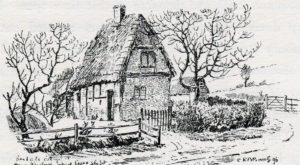
Bigg’s Cottage, where the Earl of Essex spent the night before the First Battle of Newbury on 20th September 1643 in the English Civil War: drawing by C.R.B. Barrett
The Royalist army spent a relatively comfortable night partly in billets in Newbury and partly encamped outside the town, enjoying the supplies collected by Essex’s quartermasters. The Parliamentary army passed the night in extreme discomfort and on short commons in an extended camp stretching from the River Kennet in the north to Biggs Cottage at the southern end where the Earl of Essex is reputed to have passed the night.
Since leaving Gloucester it had been the King’s plan to put his army between Essex’s Parliamentary army and London and to compel him to make an attack on a position chosen by him and occupied in advance by the Royalist army. Due to the delay imposed on Essex by Prince Rupert’s attack at Aldbourne Chase and the speed with which the King’s army had thrown itself into Newbury directly across Essex’s route to London King Charles had achieved his aim. All his army had to do was occupy a strong position, await the Parliamentary attack and defeat it.
During the night of 19th September 1643 a contingent of Royalist horse was dispatched to occupy the high ground between the two armies’ encampment. This force moved up onto the central and southern part of this high ground called Wash Common, but failed to occupy the northern end of the high ground on which was a still higher area of ground, referred to during the battle and subsequent accounts as the ‘Round Hill’.
The Round Hill was to be the focus of the savage battle fought between the two armies on the next day.
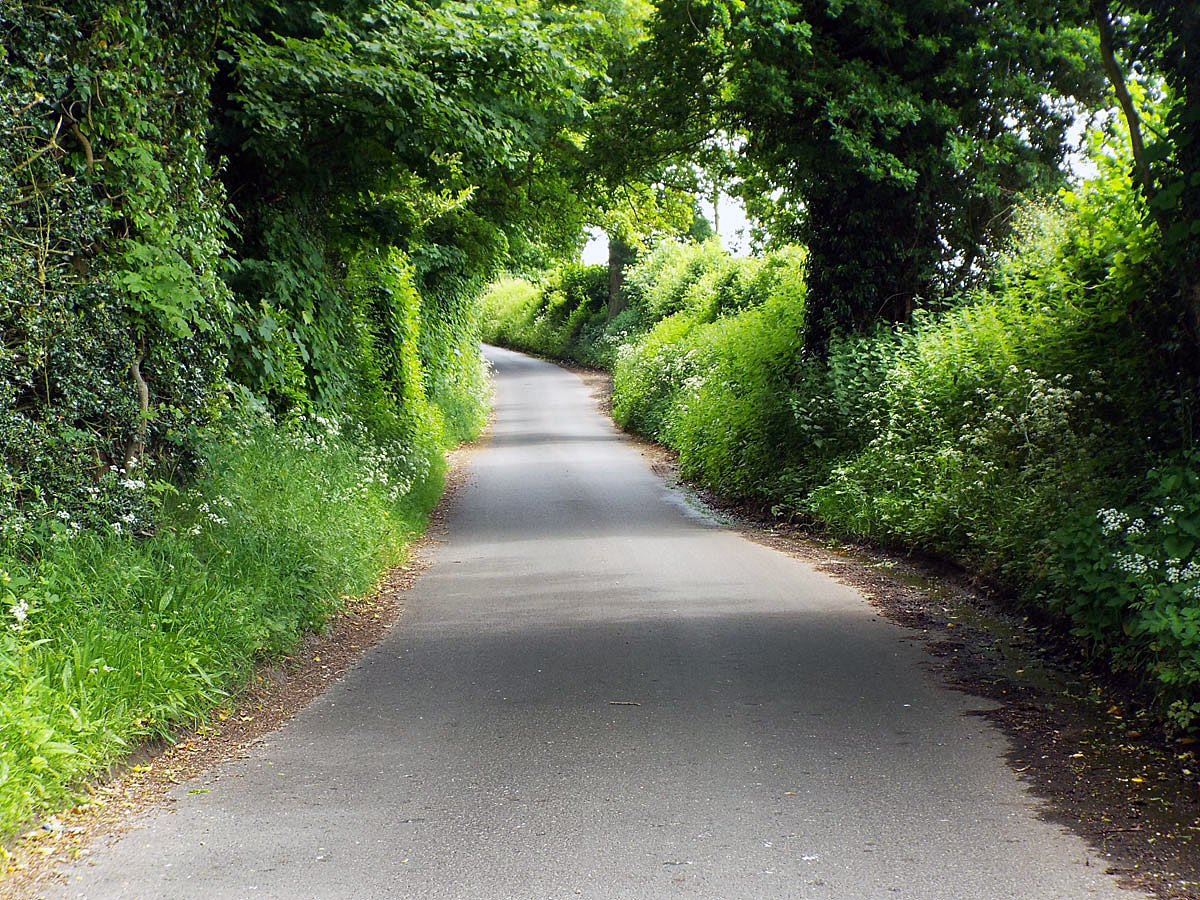
Skinner’s Green Lane leading up to the Round Hill, the route taken by Sergeant Major General Philip Skippon and his Parliamentary force in the early hours of 20th September 1643 in the First Battle of Newbury in the English Civil War
The road to London ran west to east across the north of the ground occupied by the two armies. Skinner’s Green Lane ran down from the London road crossing over Round Hill and down across the high ground occupied by the contingent of Royalist horse.
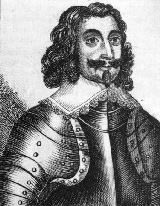
Sergeant Major General Philip Skippon, commander of the Parliamentary Left Wing and the London Trained Bands at the First Battle of Newbury on 20th September 1643 in the English Civil War
In the early hours of 20th September a Parliamentary force under Major-General Philip Skippon marched down Skinner’s Green Lane unseen by the Royalists and occupied the top of Round Hill. A feature of this area was the large number of agricultural enclosures, all ideal defensive field works.
Established on Round Hill, as dawn broke Skippon’s guns opened fire on the Royalists on the high ground to the south.
The Royalists in response launched all-out attacks on the Parliamentary troops on the western side of Wash Common and across Dark Lane at Skippon’s positions on the Round Hill.
Prince Rupert made three charges across Wash Common before clearing the Parliamentary horse off the high ground while the brigades of foot commanded by Colonel Henry Wentworth and Colonel George Lisle attacked Skippon’s positions on the Round Hill.
Sir John Byron advanced with his brigade of horse to attack the Round Hill position on its northern flank. During this attack the King’s Secretary of State Lord Falkland, fighting as a volunteer with Byron, rode through a gap in a hedge and was immediately shot down and killed.
The Royalist horse pressed Skippon’s foot back across the top of the Round Hill into the lane. Skippon responded by bringing up several of the London Trained Bands regiments from the Parliamentary reserve.
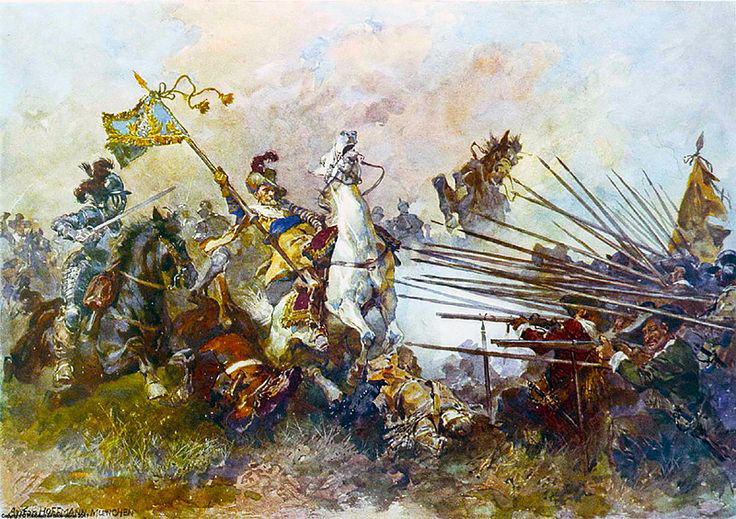
Horse attacking musketeers and pikemen in the English Civil War period: First Battle of Newbury 20th September 1643
He also brought more guns up onto his position. The fire of these guns and the steady musketry of the London Trained Bands supported by the stands of their pikemen forced Sir John Byron’s Royalist horse to abandon their headlong attack. They fell back to leave the assault to be taken up by the Royalist foot.
Sir Nicholas Byron’s brigade of foot was nearby but would not attack the steady Parliamentary musketeers and pikemen.
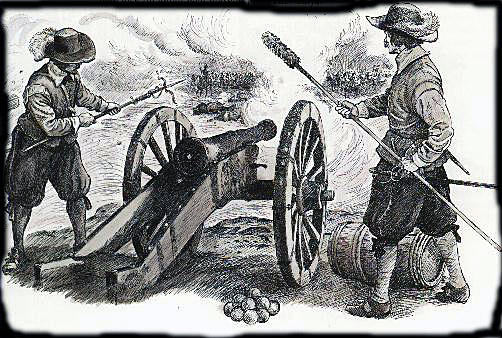
Guns in action at the time of the English Civil War: First Battle of Newbury on 20th September 1643 during the English Civil War
The fighting continued over Round Hill and Wash Common until night fell at around 7pm when the Royalist line fell back towards Newbury. One small gun was captured by the Royalists from the Parliamentary positions on the Round Hill.
A Royalist Council of War considered what steps should be taken. Many of the younger officers were for resuming the battle the next day, but supplies of black powder and musket shot were low. Lord Percy reported that the musketeers and guns had used eighty barrels of powder in the day’s fighting (the Royalist army had used twenty barrels at the Battle of Edgehill). King Charles I resolved to fall back to Oxford. The battle was not to be renewed and Essex was to be permitted to resume his march to London.
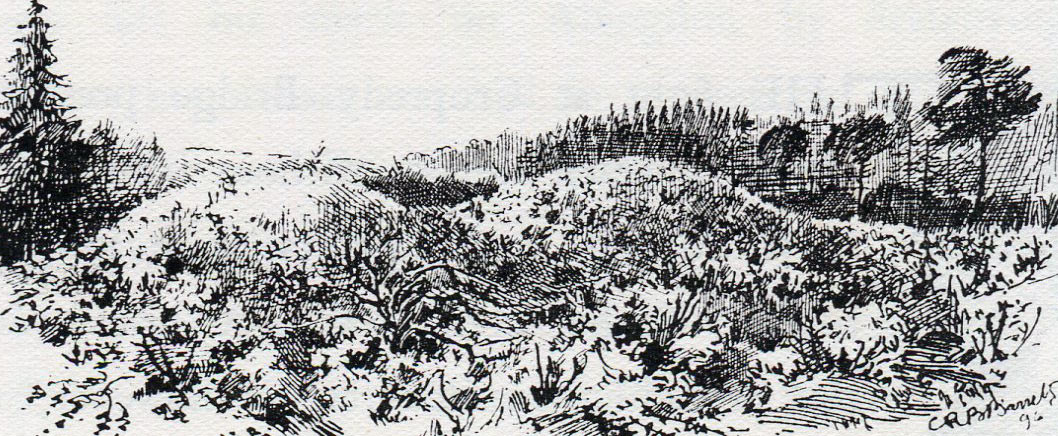
Burial Mounds for casualties at the First Battle of Newbury on 20th September 1643 during the English Civil War: drawing by C.R.B. Barrett
Casualties at the First Battle of Newbury:
There seems to be no reliable authority on the number of casualties. The Royalist brigade commander the Earl of Caernarvon was killed as was Lord Sunderland. The King lost his civil adviser Lord Falkland. Eleven Royalist colonels were reported killed. Parliament lost six colonels.
Seymour hazards an estimate of 3,500 dead with the greater proportion from the Royalist side.
Follow-up to the First Battle of Newbury:
Essex did not discover that the Royalist army had left the battle field until the morning after the battle when a defiant shot from a Parliamentary cannon provoked no reply.
Essex marched on to Reading, harried in the narrow lanes beyond Newbury by Prince Rupert with a party of horse and a thousand musketeers. The Parliamentary army spent two nights at Reading before marching on to London leaving the town to the Royalists.
Essex received a rapturous reception from the inhabitants of London on his arrival.
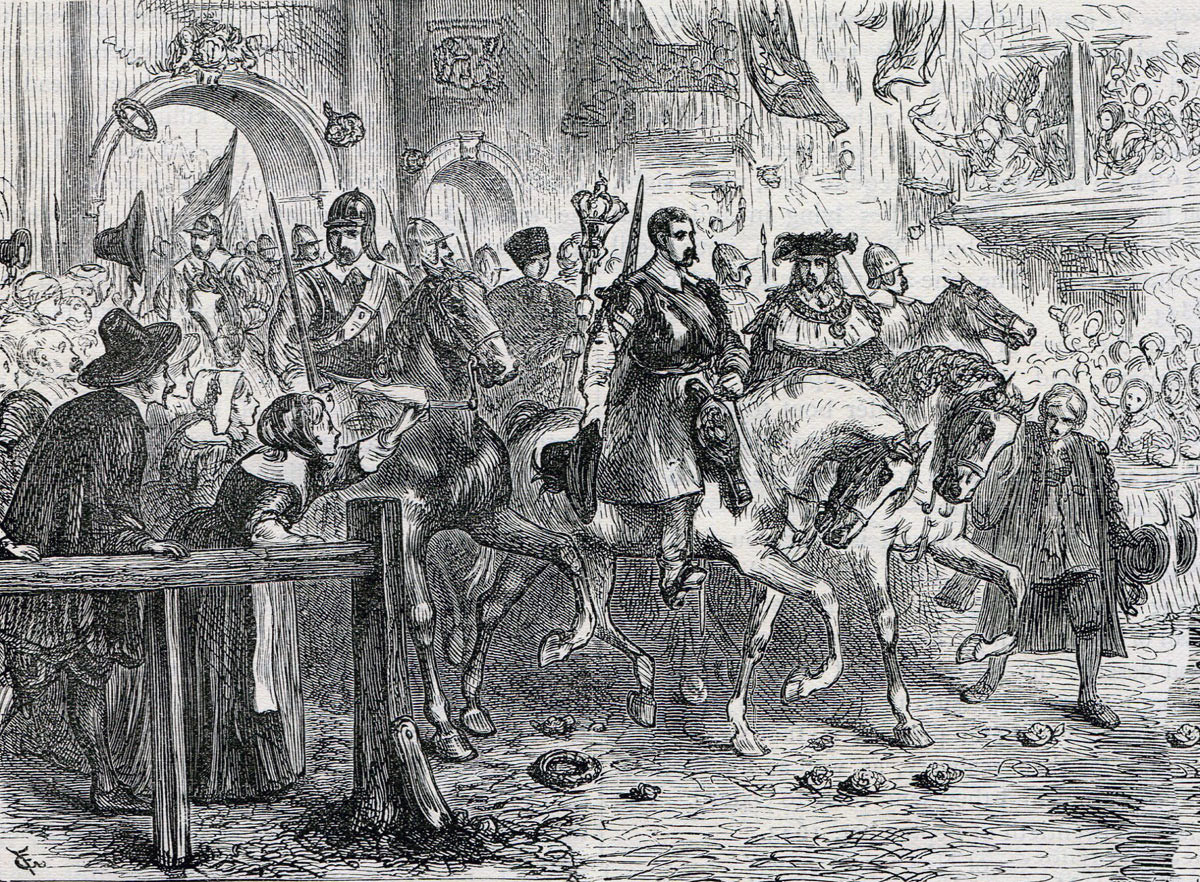
Earl of Essex enters London with his Parliamentary army after the First Battle of Newbury on 20th September 1643 in the English Civil War
While Essex’s army marched from Gloucester to London Sir William Waller lay at Windsor with a force of 2,000 horse and 2,000 foot. Waller chose not to move in support of the Earl of Essex, such was the enmity between the two men following Essex’s perceived failure to support Waller at the time of the Battle of Roundway Down.
Anecdotes and traditions from the First Battle of Newbury:
-
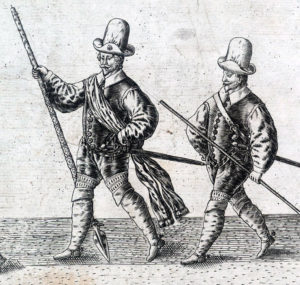
London Trained Bands-the regiments that fought so well for Parliament at the First Battle of Newbury on 20th September 1643 in the English Civil War
It is a view widely held that at the First Battle of Newbury King Charles I missed his last opportunity of conclusively defeating the rebellion against him. Clarendon makes it clear that it was the impetuosity of junior commanders in launching the assaults on Wash Common and on the Round Hill that turned the King’s strategy on its head and forced him to support the unintended attacks.
- Whether due to the lapse of the advance party of Royalists who took up position on the high ground of Wash Common but failed to occupy the Round Hill or whether to the impetuous and unordered Royalist assaults in the opening hours of the battle or both, the King’s plan to adopt a strong position and force Essex to assault him in order to continue his march to London was turned on its head, leaving the Royalists attacking the Parliamentary army in a position of considerable strength. Given the steadfastness of the London Trained Bands failure was the consequence.
- Both sides were taken aback at the resolution and military adroitness of the London Trained Bands. Until Newbury contemptuous comment was widely made on their ‘Posturing in the Artillery Garden’. Clarendon described their conduct at Newbury: ‘the London train-bands and auxiliary regiments behaved themselves to wonder, and were in truth the preservation of that army (i.e. the Parliamentary army) that day. They stood as a bulwark and scattered and dispersed, kept their ground so steadily that, though Prince Rupert himself led up the choice horse to charge them, and endured their storm of small-shot, he could make no impression upon their stand of pikes, but was forced to wheel about.’
-
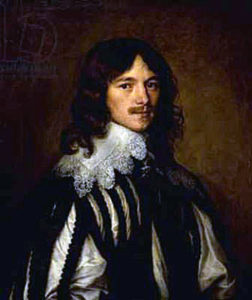
Lucius Cary, 2nd Viscount Falkland, killed at the First Battle of Newbury on 20th September 1643 in the English Civil War
It would seem Lord Falkland expected to lose his life in the battle. The King’s senior minister joined the ranks of Sir John Byron’s regiment as a volunteer. He is said to have worn his richest apparel saying to a friend that his body should not be found by the enemy in a slovenly condition. ‘I am weary of the times and foresee much misery to my country; but believe I shall be out of it by night.’ When Sir John Byron called for volunteers to enter the gap in the hedge Falkland was the first to spur his horse forward and be brought down by the storm of musket fire. As Secretary of State to King Charles I Lord Falkland strove constantly to find a way of reconciling the two sides and bring the war to an end. With his death the possibility of reconciliation became more distant.
- Clarendon says that the battle began with Prince Rupert’s advance over Wash Common to the south of the Round Hill and that this was followed by the assaults on the Round Hill itself and were so precipitately conducted that the Royalist guns could not be brought up and took no part in the battle. On the other hand, it is claimed that the Royalist guns inflicted casualties on the Parliamentary foot and guns on Round Hill. Seymour describes the duel between the batteries as ‘the fiercest and most sustained artillery duel of the whole war.’
References for the First Battle of Newbury:
The English Civil War by Peter Young and Richard Holmes
History of the Great Rebellion by Clarendon
Battles in Britain 1066-1746 by William Seymour
Cromwell’s Army by CH Firth
British Battles by Grant Volume I
The previous battle in the English Civil War is the Storming of Bristol
The next battle in the English Civil War is the Battle of Cheriton
To the English Civil War index
